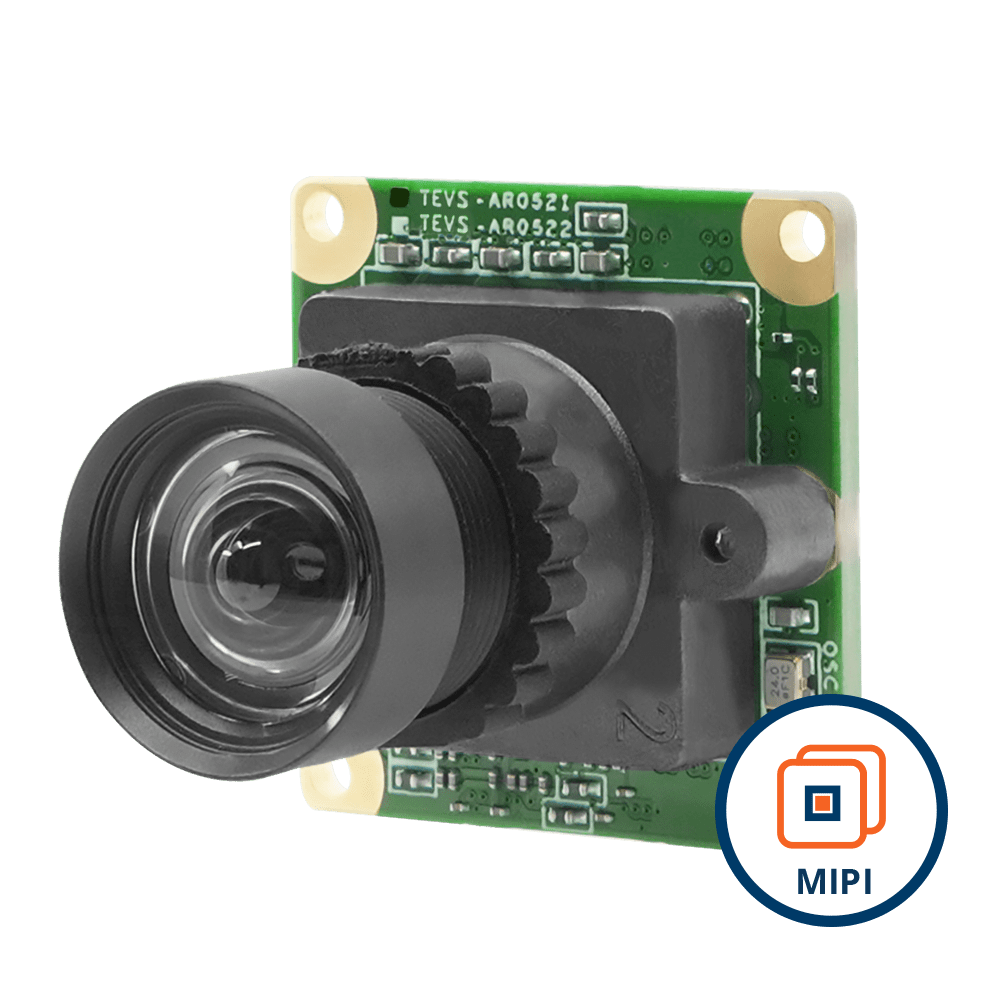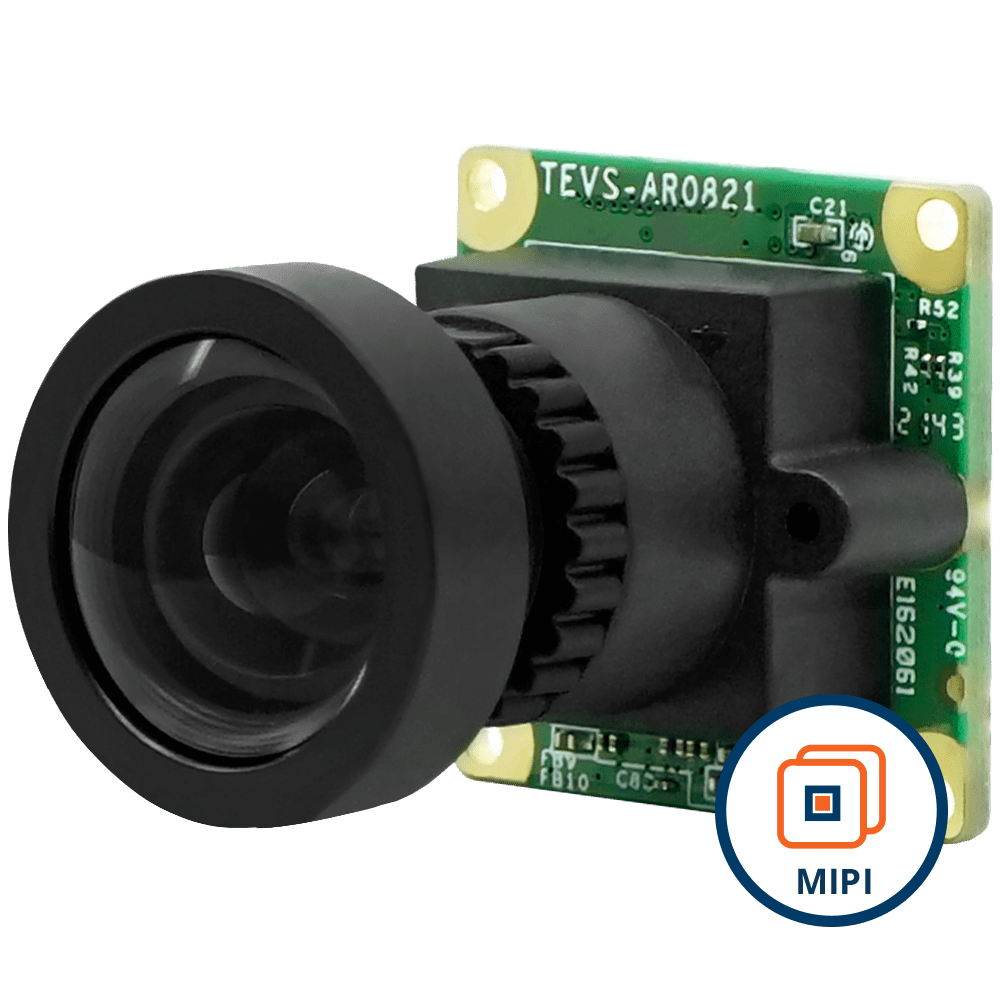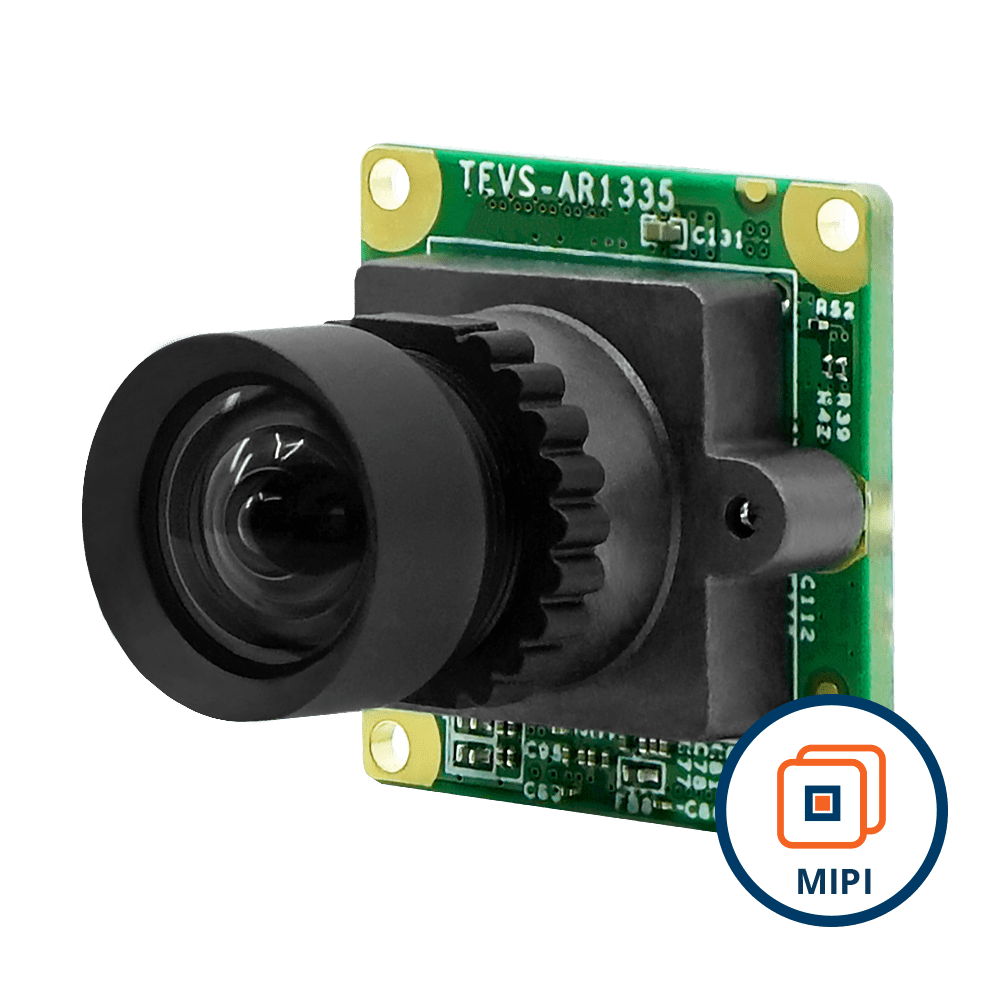While technology has transformed our lives, among the various technologies that have made a positive impact on our everyday activities, embedded vision has been the most unnoticed. This is primarily because end consumers do not identify embedded cameras as a separate element in the products they use. However, they have been silently integrated into some of the most modern devices that enhance our living standards.
They are in:
- Robotics – Such as warehouse robots and companion robots.
- Autonomous shopping systems – The shopping of the future is all set to be transformed with the arrival of autonomous shopping enabled by camera-based devices like smart trolleys and smart checkout systems.
- Medical diagnostic devices – Camera modules are used in medical devices like retina scanners, fundus cameras, and skin scanners. They help improve treatment and diagnosis by providing enhanced visual information to medical care professionals.
- Security systems – Smart surveillance systems have been pivotal in ensuring security in warehouses, mines, military facilities, government buildings, etc. They operate 24×7 to prevent theft and intrusions.
- Agricultural equipment – Automated weeders, harvesting robots, and autonomous tractors are examples of camera-based agricultural equipment that are helping improve productivity and efficiency in precision farming.
- Gaming simulators and virtual experiences – Embedded vision contributes to the entertainment space by capturing images and videos in real-time in gaming simulators and virtual experience centers.
One of the other domains where the impact of embedded cameras is not visible enough is education. Given that education is foundational to the development of a society, how camera modules have been part of the technology revolution in the sector is worth mentioning.
In this blog post, we share how embedded vision and camera technology make learning and education convenient and more fun for students and teachers.
The traditional model of learning and teaching
There is a reason why the term ‘old school’ is popular. Schools of the past resorted to outdated methods of learning that are no longer suitable for the modern era. The old system relied on books and theory and lacked practical knowledge. Students also did not find learning heaps of information from textbooks by heart enjoyable.
The traditional education system also had disadvantages such as:
- Lack of active involvement from students, which reduced the gap between them and teachers.
- Students did not have real-world experiences and could not develop a view of what was happening around them and globally.
- Learning was monotonous with the same routine followed daily.
The learning system demanded a change. Many schools today have turned to technology to offer a more practical and comprehensive learning experience to students. Modern learning methods equip students to be ideal citizens of tomorrow by focusing more on holistic development than theoretical education.
Technological innovations in education
The education sector has seen many innovations in the last two decades. Here, let us focus on some of the most impactful technological innovations. They include:
- Virtual Reality (VR) – VR enables students to learn by interacting with a virtual world. It can be used to offer students a virtual feel of factories, planets, and natural formations. This makes it possible for students to ‘see’ things that they otherwise would not have been able to.
- Artificial Intelligence (AI) – AI has found its way into education in the form of AI-assisted grading, personalized student recommendations, and adaptive learning. AI also helps to improve self-assisted learning journeys with the technology integrated into learning and tutoring apps.
- 3D printing – 3D printing made it possible for students to touch and feel a 3D replica of different objects. This has been extremely beneficial in biological studies since technology can be used to create 3D models of human organs and body parts.
- Biometrics – Biometric identification is used in schools and colleges for student attendance monitoring. In addition, they are also used in libraries to manage deposits and pickups.
How embedded vision is transforming education
Cameras have been a blessing to mankind. But they don’t just exist in the form of mobile phone cameras or digital cameras. They are also a part of robots and AR (Augmented Reality) devices. When it comes to the education sector, embedded cameras have helped to offer a smoother learning and teaching experience by becoming a core component of equipment such as:
- Telepresence robots
- Document cameras
- Microscopes
Telepresence robots
Telepresence robots or tele-existence robots are used primarily for remote communication. They look like a display screen fitted on a pole. The speaker on the other side appears on the display screen like in the case of a conference call.
In classrooms and training sessions, telepresence robots can be used in two ways:
- For students and teachers to communicate with each other from two different locations – This works similarly to an online class setting where the teacher interacts with the students from a remote location. This can also be used if the teacher physically present in the classroom needs a helping hand from an assisting teacher based out of another location.
- To give a virtual walkthrough of a place – Telepresence robots can be used to show around a place to students without them having to be physically present there. For example, imagine that you need to show students what a factory looks like. Visiting the facility might not always be possible. A telepresence robot can replace an in-person visit by giving a walkthrough by moving around. The robot can be operated by a person in the factory to make sure students don’t miss out on any important details.
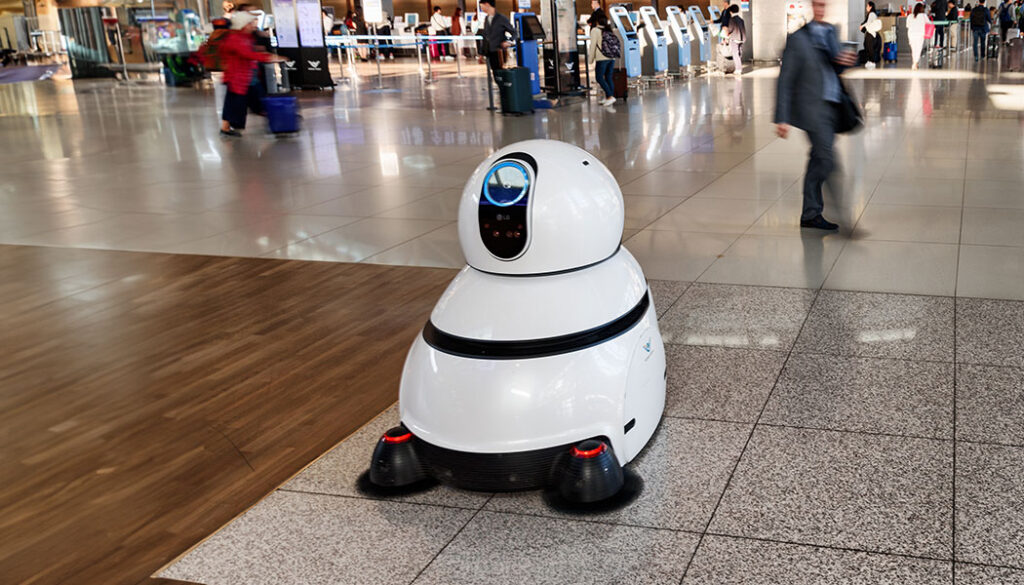
A telepresence robot
Telepresence robots offer students a new learning experience by making use of technology. Camera modules play a role here by capturing videos of the classroom and the teacher in real-time. This is a convenient method of teaching, especially when the teacher is unable to be present in the classroom for in-person tutoring.
The camera used in a telepresence robot has to come with features such as high resolution, high frame rate, and zoom to ensure a seamless and uninterrupted learning experience.
Document cameras
Learning is always a challenge for the visually impaired. Students with low vision always struggle to read text or interpret graphs and diagrams. While using a handheld magnifier solves this problem to some extent, it is often bulky and difficult to use. This is where document cameras come in. Document cameras or document scanners are camera-enabled devices that can magnify text and images beyond what a handheld magnifier can. They can also zoom in on specific areas of interest.
One of the key advantages of document cameras is that the output can be displayed on a computer screen. This helps the students adjust the camera so that they can easily view the desired area in the book or document.
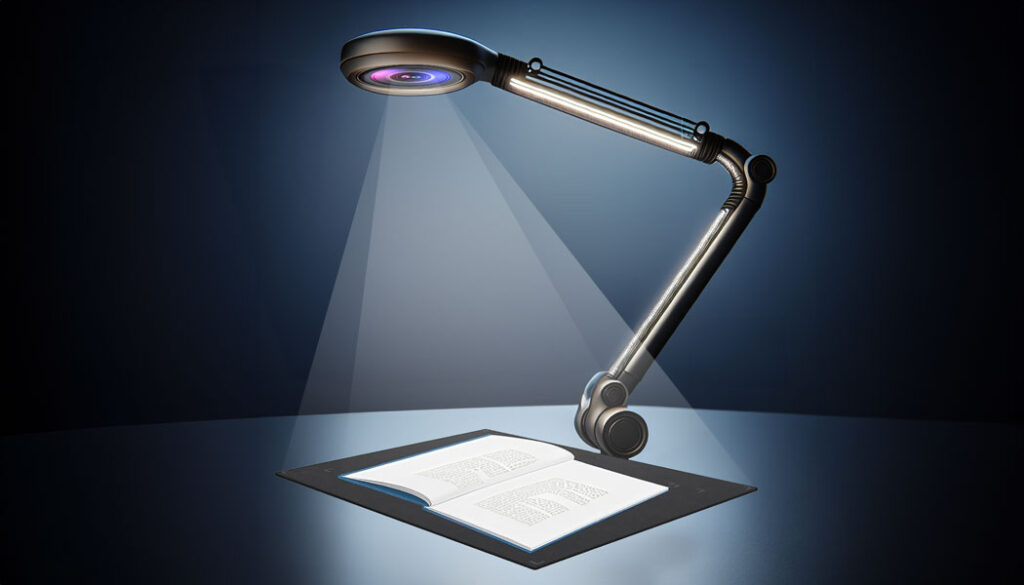
A document camera
Traditional document cameras act like mere magnifiers. However, modern document scanners come with the OCR (Optical Character Recognition) feature. While the camera module in the device captures data suitable for OCR, a software loaded in the computer analyzes this data to read out the text and information in the document loud using an AI-enabled voice assistant.
This is a game-changer for blind students as not every piece of study material is available in Braille. This also significantly improves the speed of reading and comprehension for them.
Microscopes
Students in the medical and biotechnology fields constantly use microscopes as a learning aid. They are used to analyze blood samples, body fluids, or plant sections. While ordinary microscopes serve the basic needs of learning and analysis, they are not capable of serving data that can be analyzed using a computer program.
Using digital microscopes equipped with embedded cameras allows students to capture images for manual or AI-based analyses and have data captured for better documentation.
A digital microscope enhances the overall learning effectiveness in addition to offering more visual data for further research and analysis. Camera modules play an important role here by capturing the necessary image and video data.
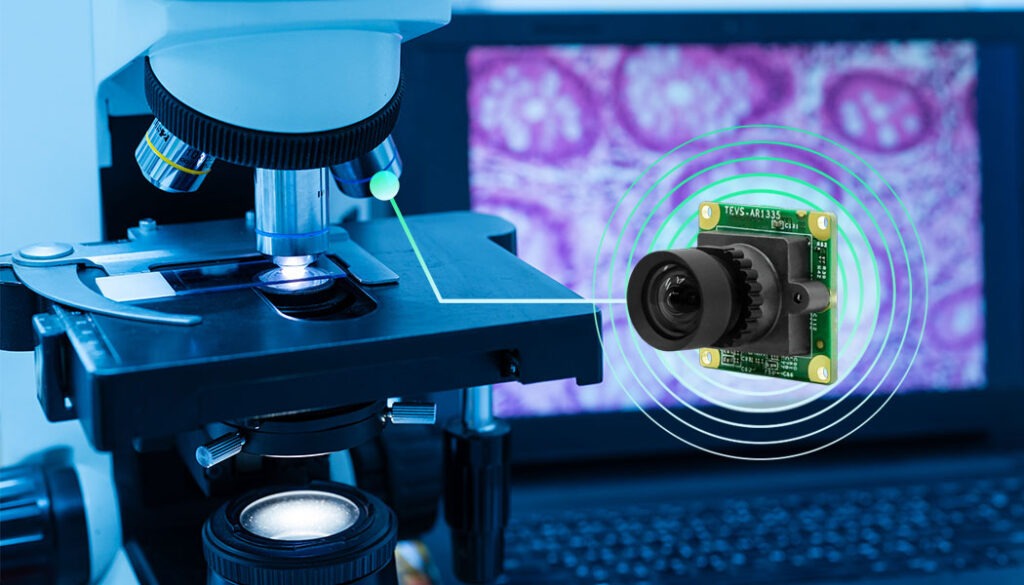
A digital microscope
TechNexion – camera modules for next-gen vision systems
TechNexion is a specialized embedded camera company that designs and manufactures camera modules for a wide variety of applications including robotics, agriculture, retail, medical devices, etc. With an extensive camera portfolio that comes with features such as high resolution, zoom, high frame rate, global shutter, high dynamic range, etc., TechNexion has worked with leading product developers across the world to integrate its solutions into their systems.
Watch the below video to learn more about our embedded vision solutions. Alternatively, you can visit the embedded vision cameras page.

